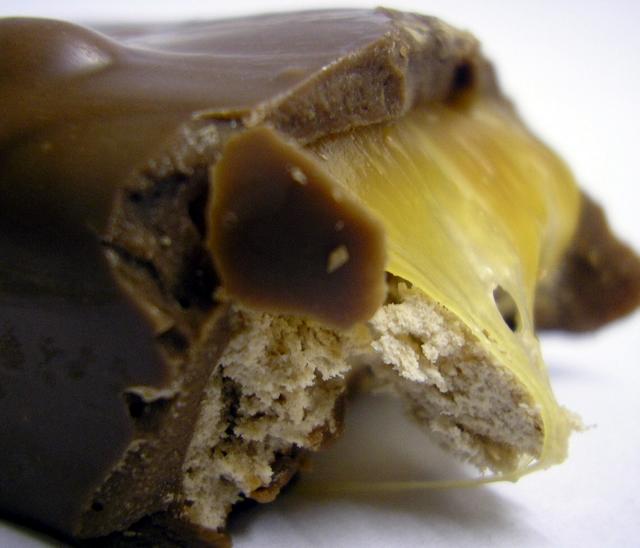Ladies, this is the best excuse you will get for your chocolate fix: new studies show it can actually help fix aging blood vessels!

Photography by Tony Roberts
Older individuals benefit the most from it, so next mother’s day give mom that chocolate box.
The inner lining of the vessels is called the endothelium. This is the part of the blood vessel that deteriorates with age. Consuming flavonol rich cocoa can actually improve the function of blood vessels in the elderly, who are otherwise healthy. This also includes vessels in the heart!
Flavonols are actually a type of antioxidant, and they are found in wine, tea and… chocolate! The flavonols in cocoa help our body produce a compound called nitric oxide, which helps to regulate blood vessel tone. In older adults, the production of nitric oxide decreases, so taking flavonols can stimulate the production of this compound again, and thus indirectly improve vessel tone.
Mars Inc funded part of the study and also provided the test subjects with the cocoa. They made a special drink in which the flavonols naturally found in the cocao bean were preserved. So the test subjects were consuming high levels of flavonols, higher than normally found in normal chocolate. All subjects had improved blood vessel function, but the difference was largest in the older subjects. Probably because they blood vessel function had deteriorated more than in younger people, thus the difference was more noticeable.
Unfortunately, that mars bar you are about to eat will not do you much good. It is high in calories but low in cocoa and flavonols. If you want to reach for a chocolate bar, instead go for a high percentage cocoa bar. Buy chocolate that contains at least 70% cacao, or even better: 85%. These are much lower in calories, and higher in cocoa.
Also: it wouldn’t be a bad idea to try and get your kids to eat more 70% chocolate, it is healthier and the sooner you start the easier it is for them to get used to it!
The study mentioned above was published in Journal of Hypertension. August 2006; vol 24: pp 1575-1580.

